Environmental problems are some of the most acute issues of our time. With the world’s population growing rapidly, the demand for resources such as food, water, and energy continues to rise.
Unfortunately, these resources are being depleted at an unsustainable rate, leading to major environmental problems such as climate change, pollution, and deforestation. These problems need our immediate attention, and the reasons we have these issues are multifaceted. Sometimes, these problems are caused by a single factor, but other times, there are various factors to blame.
This article will discuss the major environmental issues and a few solutions.
List of 8 Major Environmental Issues
1. Overpopulation
The population is growing at an unprecedented rate. According to the UN, the world population will reach nearly 9 billion by 2050. This population increase is straining the Earth’s resources. As more people compete for the same resources, conflicts will likely arise. The continued population growth will overwhelm the Earth’s natural resources, leading to widespread famine, war, and disease.
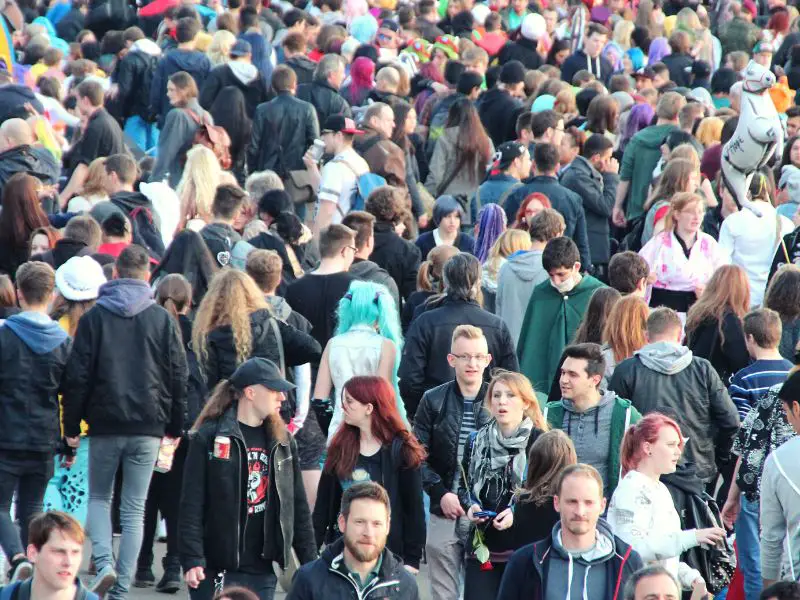
Overpopulation has a severe impact on the environment. As people grow, they use more resources. More people mean more cars, more factories, and more houses. All of these contribute to the increase in carbon dioxide emissions, causing global warming. Also, more people means more trash, which adds to the pollution problem.
Possible Solutions: The average number of childbirths per woman falls drastically when women are empowered to control their reproductive health and have good access to education and basic social amenities.
2. Soil Degradation
Soil degradation means the destruction and degradation of soil. It occurs through natural processes such as soil erosion or human activity. Soil degradation is one of the four main environmental constraints to development. Human activities cause it such as deforestation, overgrazing, urbanization, overflowing, and mining. It can also be caused by natural disasters, such as floods, earthquakes, volcanic eruptions, and landslides. Poor agricultural practices, such as inorganic fertilizers, also contribute to soil degradation.
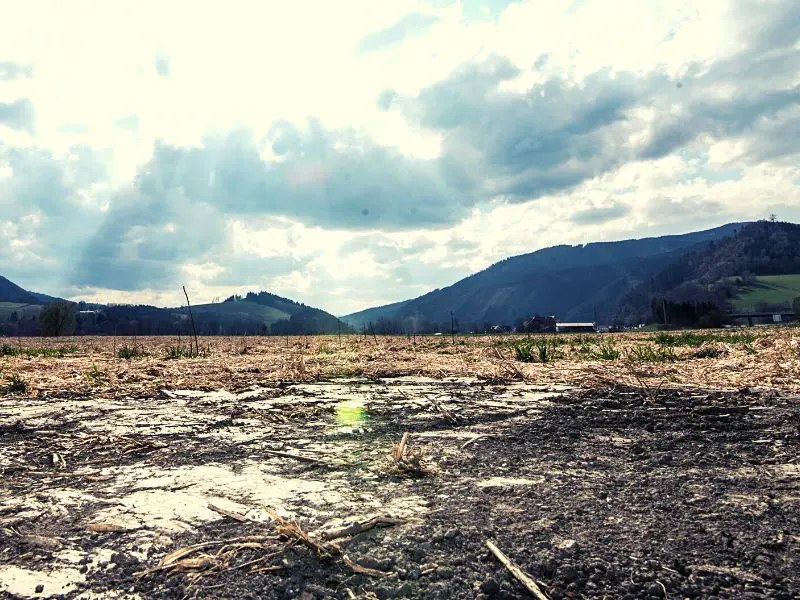
The effects of soil erosion are far-reaching. Loss of topsoil affects farming, livestock, water quality, and recreational opportunities. In addition, the loss of soil can lead to an increase in flooding and landslides.
Possible Solution: A vast array of methods are available for the conservation and restoration of soil. There are ways anyone can do such as no-till agriculture, crop rotation, and the construction of terraces for water retention. With the need for food security, it’s just a matter of time until we improve our farming techniques unless we run out of time before doing so.
3. Mass Extinction
In estimate, wildlife has been declining for about 50,000 years ago since humans became the dominant species. The rate at which species are turning extinct is much faster than evolution. Scientists are now worried that in 50 years, one-third of species could go extinct. While scientists cannot agree on the leading cause of extinction, there are two major theories.
One is that humans are causing species to die out, and the other (the “great filter” theory) is that mass extinctions occur every few hundred million years, but the Earth always recovers. Species are disappearing at an alarming rate and scientists fear we will lose most of Earth’s biodiversity if nothing is done.
Possible Solution: To stop the loss of biodiversity from getting worse, people, but especially the governments, need to do the work. One part is protecting and restoring natural habitats, and another is stopping poaching and wildlife trade. This should be done with the help of local people so that saving wildlife is in their social and economic interests.
4. Air Pollution and Climate Change
Air pollution and climate change are two major environmental problems our planet faces. Pollution is the introduction of contaminants into the natural environment that cause adverse changes. Climate change is a change in average weather, either increasing or decreasing the temperature, rainfall, or humidity. Many factors cause climate change, including deforestation, overconsumption of fossil fuels, and greenhouse gas emissions.
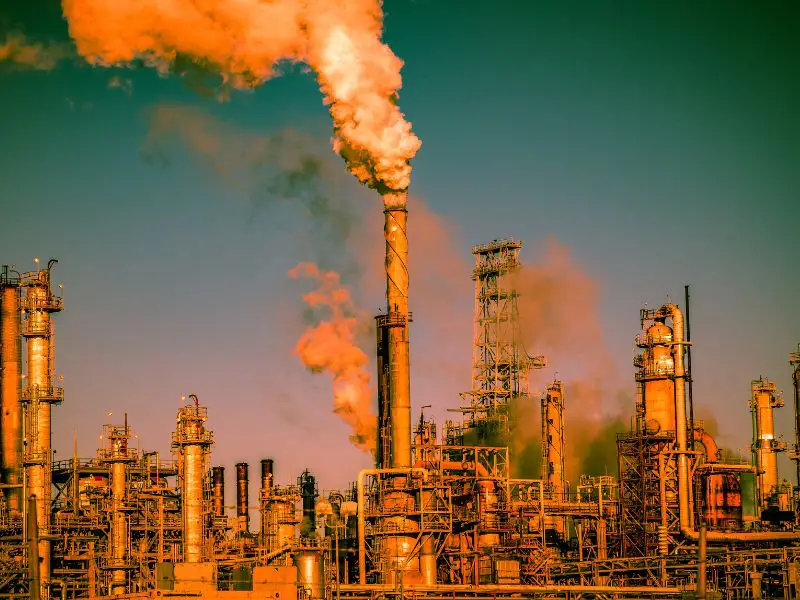
Air pollution is a significant issue for our planet. It can cause many health problems and damage the natural environment. This causes global temperatures to rise, severely affecting humans and the environment. According to Harvard, one in five fatalities was attributed to illnesses induced by carcinogens and other toxins in polluted air. In 2017, the Paris Agreement was signed, setting a goal to keep global warming below 2°C. Nearly every country ratified this agreement because of the looming threat of climate change.
Possible Solution: One way to solve these problems is to reduce our dependence on fossil fuels. This can be done through increased energy efficiency, alternative energy sources, and efforts to reduce the energy used in transportation. In addition, we must reforest to help sequester carbon.
5. Deforestation
Deforestation is the eradication of trees from a forest or wooded area. Deforestation often occurs due to clearing the land for agriculture, mining, logging, or urban expansion. However, it can also result from natural causes, such as forest fires.
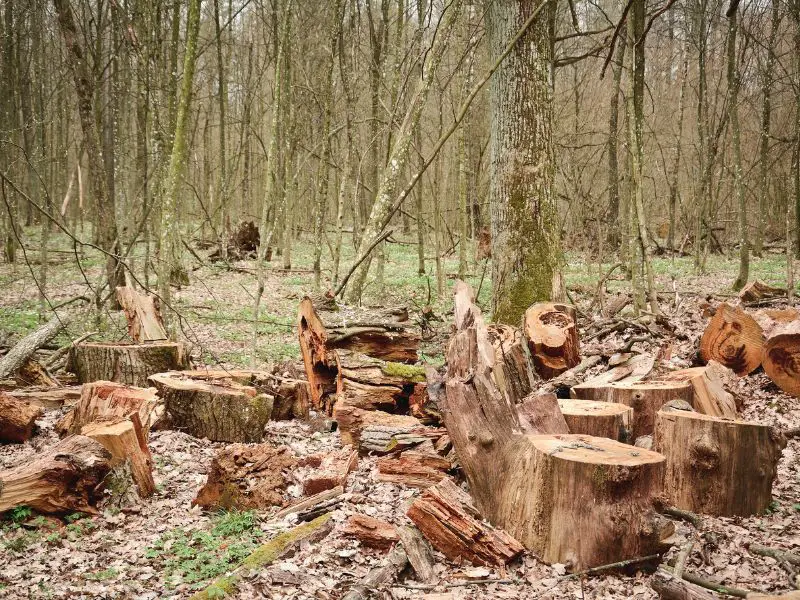
Today, deforestation is a significant problem, as it is the leading cause of species extinction, habitat loss, and climate change. Over the last 10000 years, the world has lost about 1/3rd of the forest – An area twice the USA.
In addition, deforestation accounts for approximately 10% of the world’s greenhouse gas emissions by activity. Deforestation is a significant problem, as forests are a critical component of healthy ecosystems. Forests absorb carbon dioxide, which helps to mitigate climate change. And natural forests not only serve as reserves for the species that live in them and function as carbon sinks, removing carbon from the atmosphere and the oceans.
Possible Solution: Preserve what remains of natural forests and replace degraded regions with native tree species. This needs to be done as soon as possible with an emphasis on ecology and preservation, not on economic interests.
6. Poverty
According to the most recent research, nearly 750 million people live in extreme poverty on less than $1.90 daily. This is roughly 14% of the world’s total population. Poverty is intricately related to environmental issues. When you address socioeconomic concerns, you also address environmental challenges such as deforestation, population growth, gender inequality, and climate change.
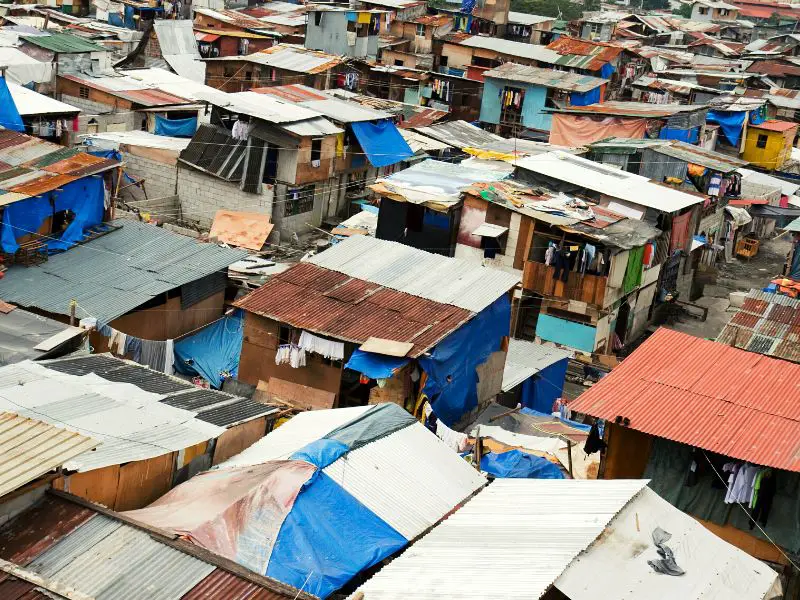
Possible Solution: Poverty is a global issue affecting millions of people worldwide. It is caused by many different things, but there are a few ways to combat it. One such way is to teach people about sustainable living.
Sustainable living helps people learn to live within their means, as sustainable living requires people to use fewer resources, therefore spending less money. Education provides people with the skills needed to get out of poverty and also helps teach people how to live sustainably.
7. Overfishing
Overfishing is a massive problem in the fishing industry. Overfishing occurs when more fish are caught than can be naturally replaced. When the population can no longer sustain this, it results in widespread damage. Overfishing can have a severe impact on the health of the oceans. It can lead to species depletion, as larger fish eat smaller fish. Overfishing can also lead to decreased biodiversity as species become less diverse. Fishing also impacts the ecosystem, as fish are a vital part of the food web. These effects all create a severe impact on the health of the oceans.
Possible Solution: Increasing regulations on fishing, cracking down on illegal fishing, and supporting sustainable practices for fishing can help preserve the ocean’s resources. Without proper fishing management, the fishing industry could collapse in the next few years.
8. Plastic Pollution
Approximately 10 million tons of plastic generated end up in the ocean. It either sinks to the bottom or decomposes into smaller bits known as microplastics. These pieces are small enough to enter our food chain.
But it isn’t only our oceans. Plastics have been discovered on the summit of Mount Everest, and automobile tire rubber may get airborne and travel hundreds of kilometers. You’ll also find plastic particles in your water, beer, and tea bags.
Possible Solution: The quickest and most straightforward solution is to reduce your personal usage of single-use plastics, regardless of where you reside. Single-use plastics include plastic bags, water bottles, straws, cups, cutlery, dry cleaning bags, takeout containers, and other disposable plastic goods. See how the plastic pollution crisis affects you and what amazing organizations are doing to help.
Author’s Note
If humans continue to go forward in such a destructive manner, there will be no future to consider. Although we cannot directly stop the thinning of our ozone layer, there are many things we can do to curtail the impact of what we now know. By raising awareness about these concerns in your local community and your families, you can help create a more ecologically conscious and friendlier environment for you and future generations.
We each have an obligation to take care of the world we live in. The environment affects everything in our lives, and we must work together to protect it as humanity. We cannot expect future generations to care for the planet if we do not.


1 thought on “An Overview of 8 Major Environmental Issues and Their Potential Solutions”